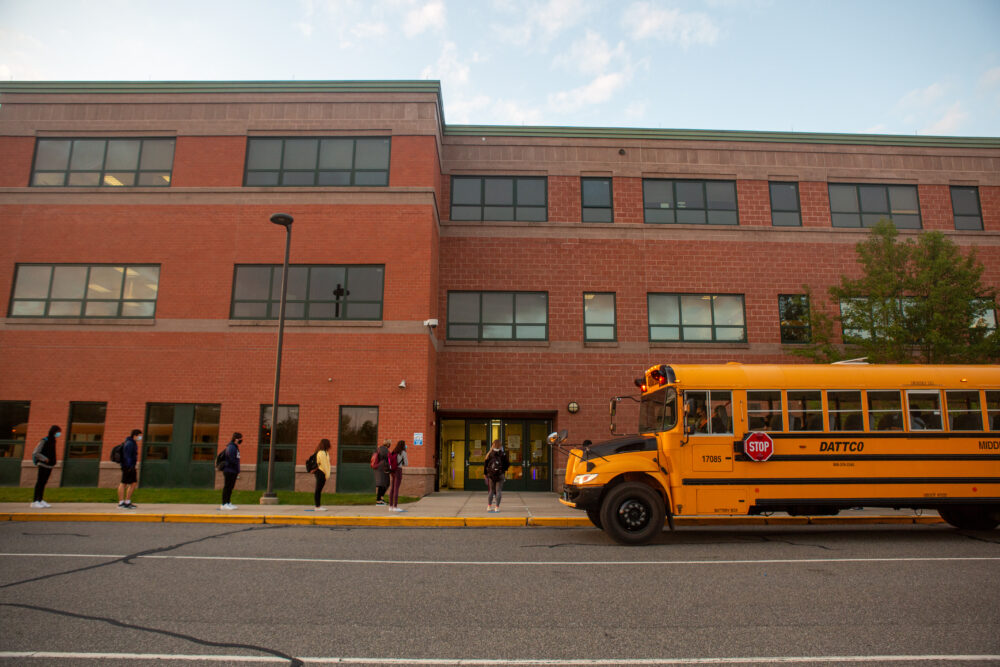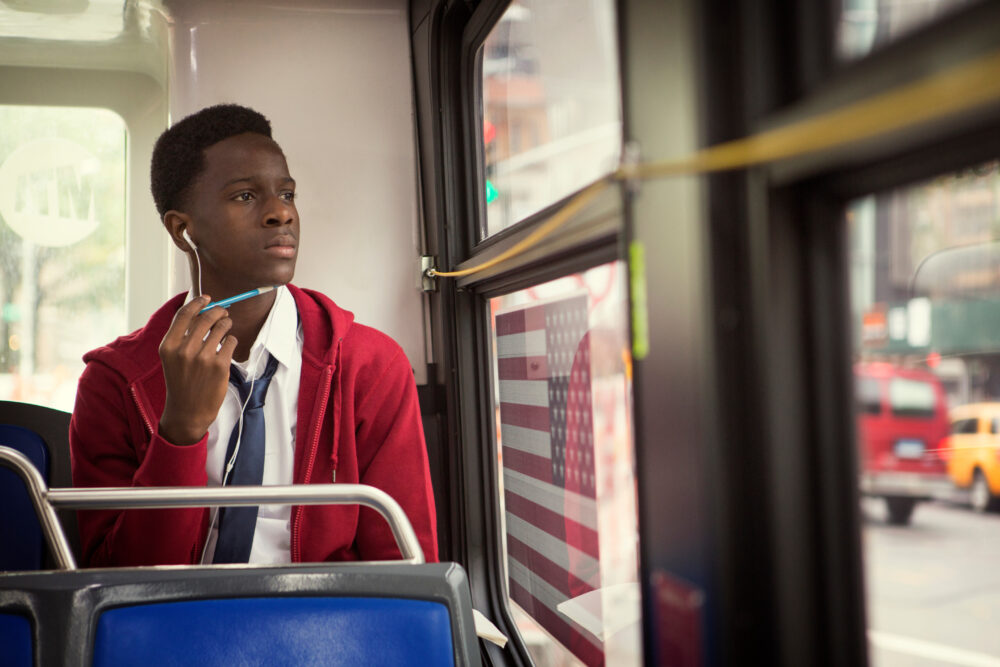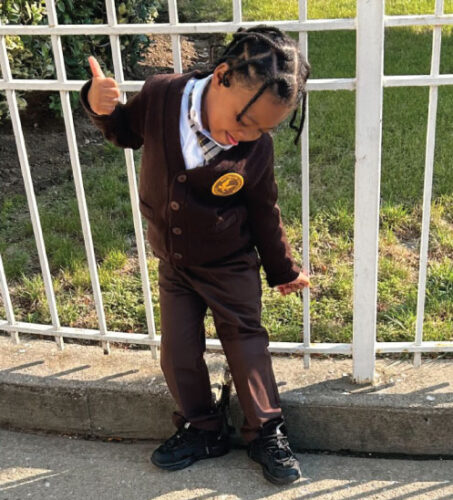Building a Network of Support: The Case for a DOE Office for Students in Foster Care
This May 2021 AFC and Legal Aid Society report highlights the urgent need for the Department of Education to launch a small office focused solely on the needs of students in foster care. Currently, the DOE does not have an office, team, or even a single staff member dedicated to supporting the 6,000 New York City youth in foster care, a group of students particularly in need of specialized support.

Advocates for Children of New York (AFC) and The Legal Aid Society released a report highlighting the urgent need for the Department of Education (DOE) to launch a small office focused solely on the needs of students in foster care. Currently, the DOE does not have an office, team, or even a single staff member dedicated to supporting youth in foster care, a group of students particularly in need of specialized support.
The approximately 6,000 New York City students who spend time in foster care during any given school year – who are disproportionately Black and come from the City’s poorest communities – face enormous educational challenges. For example:
- Only 42.2% of New York City students in foster care graduated on time in 2020, the lowest graduation rate of any student group and 36.6 percentage points lower than the rate for students not in foster care.
- More than one in five New York City students in foster care repeats a grade, compared to only 6% of all DOE students.
- The average student in foster care misses the equivalent of one-and-a-half months of school each year, and one out of every ten students in care has an attendance rate of less than 50%.
- While 17% of all New York students have an Individualized Education Program (IEP) because they have a disability and need special education services, over half of New York’s students in foster care have an IEP.
In March 2018, the City’s Interagency Foster Care Task Force, whose membership included the Commissioner of the Administration for Children’s Services (ACS) and the DOE Chief Operating Officer, recommended that the DOE establish an infrastructure to focus on students in foster care, similar to its Office of Students in Temporary Housing.
Three years later, the City has yet to act on this recommendation—and without staff in place, there is no one at the DOE consistently advocating for students in foster care, ensuring that the unique needs of students in care are considered when making policy decisions, or focusing on developing and implementing programs to assist students in foster care. At a time when the DOE is receiving an historic influx of federal and state funding, this report demonstrates the continued need for a DOE office for students in foster care and describes key responsibilities this office would carry out, including:
- Providing a point of contact for schools, families, and child welfare professionals with questions about students in foster care.
- Training and supporting schools on the needs and rights of students in foster care and their families.
- Supporting parental involvement in education while their children are in foster care.
- Tracking and improving educational outcomes, opportunities, and programming for students in foster care.
- Developing and implementing policies related to students in foster care.
“School has the potential to be a great source of stability to students in foster care, at a time in their lives when so much is unfamiliar and uncertain. With the right support in place, school can be a safe haven for students experiencing the traumatizing separation from home and family. It’s critical that the DOE pay greater attention to this group of students, to equip schools with the knowledge and resources they need to serve students in foster care and their families effectively.”
Kim Sweet, AFC’s Executive Director
“Students in foster care are among the most vulnerable of New York City students,” said Dawne Mitchell, Attorney-in-Charge of the Juvenile Rights Practice at the Legal Aid Society. “They face tremendous challenges, ranging from trauma to frequent school changes, which can negatively impact their learning. The creation of a dedicated office for children in foster care within the DOE can provide these students with essential services, and help ensure that their local schools have the training and resources that they need to meet these students’ needs so they can be successful.”
“As a former public school educator, I have witnessed first-hand the gap in knowledge among school staff about the overall needs of children in foster care,” said Dr. Brenda Triplett, Educational Director for Child Welfare and Family Services, Children’s Aid. “The pandemic has complicated the legal and logistical requirements to provide services for these youth and their families, in effect deepening longstanding inequities. Having a DOE office dedicated to understanding the needs of youth in care and mitigating the challenges they face is critical to their futures.”
-
View the press release as a PDF
May 4, 2021



